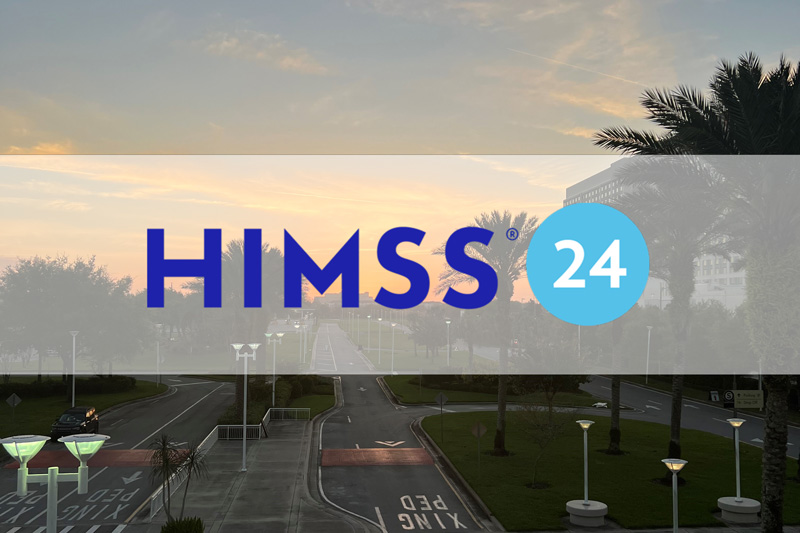While the emergency department (ED) is often considered the heart of the hospital, its daily operations can be impacted by various challenges, such as capacity issues, understaffing, and financial constraints. To highlight this important topic, Dimensional Insight joined ACHE of Massachusetts in cohosting a webinar focused on how analytics can effectively tackle the top operational and clinical challenges in the ED. The webinar featured industry experts who shared valuable insights and experiences utilizing analytics to optimize operations and enhance patient care in the emergency department.
The panel discussion featured prominent industry experts, including:
- Ali Raja, MD, MBA, MPH, FACHE, Executive Vice Chair of the Department of Emergency Medicine, Massachusetts General Hospital, and President of ACHE of Massachusetts
- Christi Barney, VP of Quality and Patient Safety, Emerson Hospital
- Nora Lissy, RN, BSN, MBA, VP of Healthcare Consulting and Implementation, Dimensional Insight
- Moderator: Lindsay Goldfarb, MPH, Director of Healthcare Marketing, Dimensional Insight
The robust, hour-long discussion focused on critical emergency department issues including staffing, patient & staff safety, and the use of AI and advanced analytics. Watch the webinar and continue reading for some of the major takeaways on how analytics are critical to the health of the ED.
Identifying clinical trends
Anyone who works in the ED can point out some of the biggest challenges, including overcrowding, patient flow issues, and staff burnout. However, being able to identify measurable trends around these issues is a whole different story. Hospitals can optimize their ED performance by tracking metrics including:
- Admissions
- Volumes
- Length-of-stay
Dr. Ali Raja spoke about using real-time decision-making based on individual patient data. His team at MGH recently published a study on trending real-time clinical measures from trauma patients to determine and predict which patients may need blood transfusions. Once hospitals begin collecting and analyzing clinical and operational ED data, it enables staff to make data-driven decisions that ultimately can improve outcomes.
Bolstering preventative medicine
The panelists unanimously emphasized the role of data in enabling proactive healthcare. By harnessing data analytics, healthcare professionals can identify clinical trends, allowing them to intervene with preventative measures. When clinical trends are caught early on, clinicians can implement preventative medicine which can ultimately lead to lower admission rates. This approach not only improves patient outcomes but also reduces the strain on emergency departments.
Mitigating staffing challenges
Staffing shortages, especially in the ED, have posed significant challenges for hospitals in recent years. The panelists shed light on how tracking staffing metrics, such as identifying periods of overstaffing or understaffing, can aid in resource allocation. Nora Lissy spoke about her experience building a predictive model in a 126-bed ER that accounts for throughput and census to help maintain appropriate staffing levels in the department. The panelists all emphasized that integrating staffing analytics into the ED can provide valuable insights for effective management.
Driving equitable patient care
Data analytics plays a crucial role in ensuring equitable patient care. The panelists shared insights on how data can reveal trends that may highlight disparities in treatment based on patients’ backgrounds. For instance, one panelist highlighted a concern where patient assignments seemed to correlate with racial backgrounds, prompting the hospital to take action to ensure equitable treatment for all. The discussion highlighted the ability of data to unveil and help address unconscious biases in healthcare. Analyzing care trends based on demographics enables hospitals to identify treatment disparities and address them appropriately.
Alignment with the hospital’s strategic goals
According to the panelists, aligning analytics initiatives with a hospital’s strategic goals is essential. Given the limitations in financial and staffing resources, hospitals must prioritize data-driven plans that are in line with their overall objectives. This approach not only yields better outcomes but also garners support from the C-suite and ensures alignment among all staff members. The speakers emphasized the importance of investing in the appropriate technology that integrates with EHRs and can empower users across the organization to access data.
Conclusion
By leveraging analytics effectively, hospitals can overcome operational and clinical hurdles, optimize emergency department performance, and ultimately enhance care for patients in the ED. A data-driven solution, such as Dimensional Insight’s Emergency Department Advisor can help hospitals gain the insights to keep their ED running at peak efficiency.
Interested in learning more? Watch the webinar recording here and read more about the topic in our latest whitepaper “ Overcoming the Top Emergency Department Challenges with Analytics.”
- Why We’re Best in KLAS—Again! - February 7, 2024
- Building a Greener Healthcare System with Data Analytics - January 22, 2024
- Hospital Finance Predictions for 2024 - January 8, 2024




